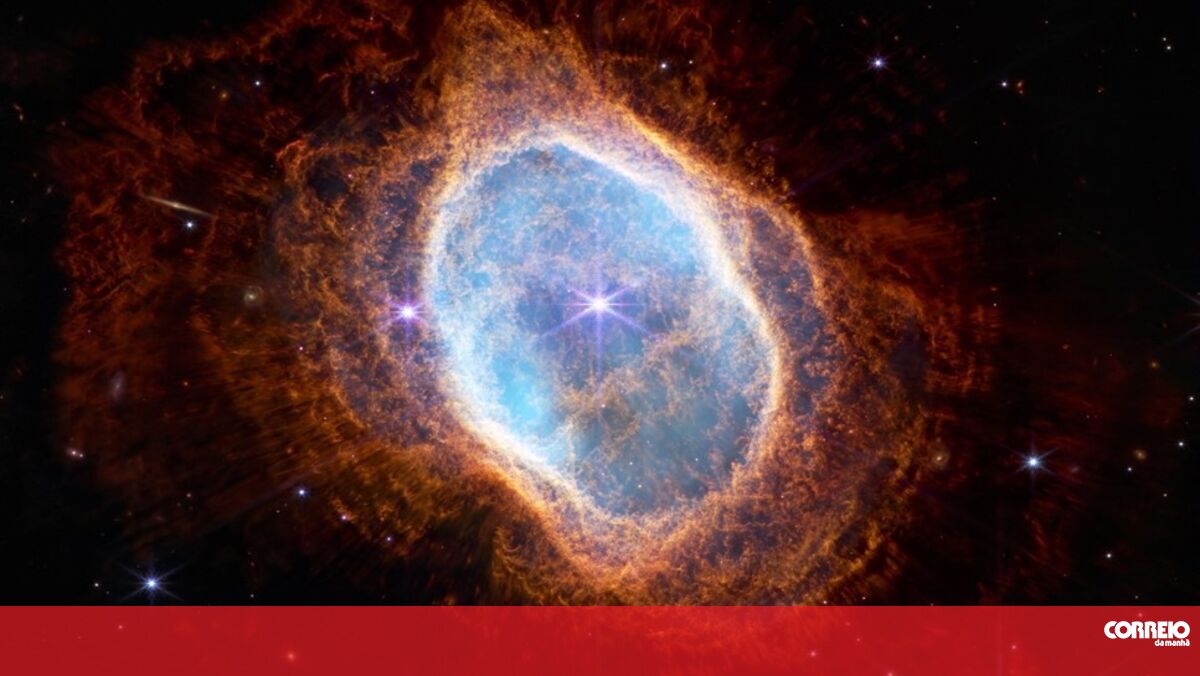A week after the first images from the most powerful James Webb Space Telescope ever made were released, scientists may have already identified the most distant galaxy ever observed, dating back 13.5 billion years.
Named GLASS-z13, it came about 300 million years after the Big Bang, 100 million years younger than the previous record by Harvard Astrophysical Center’s Rohan Naidoo.
Rohan Naidu is the lead author of a study analyzing the data from James Webb’s first observations, which is in progress and the data is being published “online” for all astronomers on the planet.
One of the main tasks of this new telescope is to observe the first galaxies formed after the Big Bang, which occurred 13.8 billion years ago.
In astronomy, looking from afar is like stepping back in time. Sunlight, for example, takes eight minutes to reach Earth and is therefore seen as it was eight minutes ago.
Looking as far as possible, you can see objects as they were billions of years ago.
Light from this galaxy was emitted 13.5 billion years ago.
This study has not yet been peer-reviewed, but is published as a “preprint” to be easily accessible to the expert community.
And it was also sent to a scientific journal for future publication,” explained Rohan Naidu.
However, many astronomers have already enthusiastically commented on this discovery on social media.
“Astronomical records are already failing. I know I’m just applauding peer-reviewed scientific results. But it’s very promising,” Thomas Zurbuchen, NASA administrator for science, said via Twitter.
Rohan Naidu added that another research group had achieved similar results, giving him “confidence” in their work.
The galaxy was observed with James Webb’s NiRcam instrument and was detected by what is called “depth of field”, that is, a wider image taken at a slow shutter speed to detect the faintest lights.
The peculiarity of James Webb is that he works only with infrared radiation, and the light emitted by the most ancient objects stretches and “reddens” along the way, moving to a wavelength that is not visible to the human eye.
Therefore, to draw an image of this galaxy, the data was “translated” into the visible spectrum, presenting a very blurry white circular red shape at its center.
About twenty researchers participated in the study of two galaxies, the second of which was the less distant galaxy GLASS-z11.
“From what little we know, they have surprising characteristics as they seem to be quite massive,” Rohan told Naidu, noting that they were observed “very soon after the Big Bang” and that therefore this is something researchers do not understand. .
It remains to be answered when they were formed: “There is still work to be done,” Rohan Naidu said.
The James Webb Telescope, a $10 billion project named after a former NASA administrator, was launched into space on Dec. 25, after several delays, on a European-made rocket. It is in orbit 1.5 million kilometers from Earth.
Portuguese astronomer Catarina Alves de Oliveira, based at ESA’s Science Operations Center in Spain, is responsible for calibrating one of the four James Webb instruments as part of a campaign to prepare observations for scientific purposes.
Several Portuguese scientists are involved in research projects related to the observation time with the telescope.
Together with James Webb, astronomers hope to get more data on the early days of the universe, including the birth of the first galaxies and stars, as well as the formation of planets.
Author: Lusa
Source: CM Jornal




